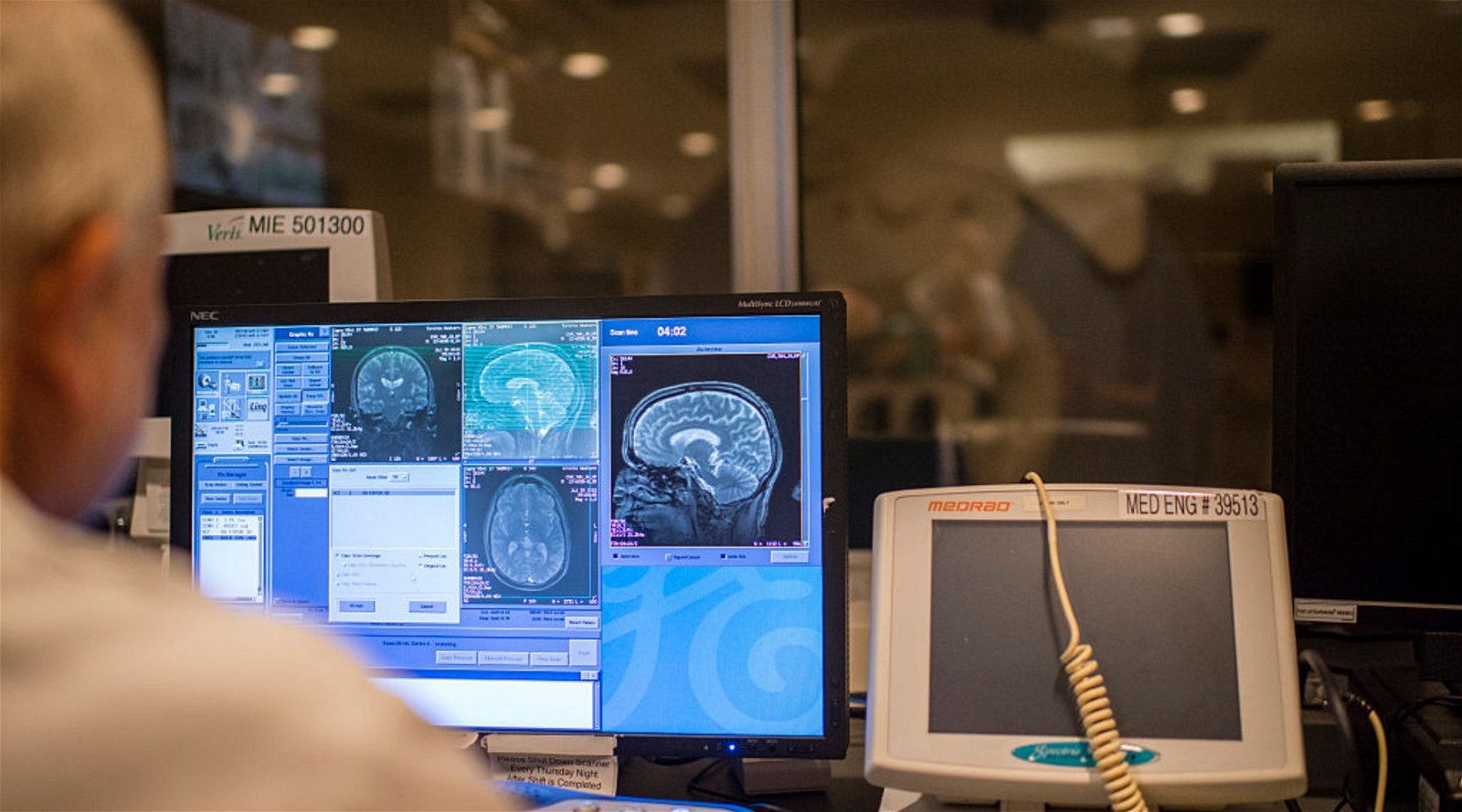US researchers have succeeded in making 3D printed brain tissue communicate and function like a real human brain network.
To better understand what's happening in the brain of someone with Alzheimer's or Parkinson's disease, for example, 3D brain models are needed. This model closely resembles normal human tissue, more so than cells in a petri dish.
3D printers have been used for a number of years to 3D recreate human tissue, including brains. But it is still very difficult to see communication between cells in tissues. American researchers from the University of Wisconsin-Madison have finally succeeded, with some modifications.
Thick ink
The 3D printer builds layers on top of each other one by one. This can be done in different shapes and with different materials, depending on the purpose. Bioink is used to 3D print brain tissue. This is a natural gel Stem Cells Inside and resembles human brain tissue.
Previously, researchers recreated brain tissue by stacking bioink in layers in a columnar structure. After 3D printing, they added nutrients and oxygen. The stem cells can then develop into neurons and grow together to form a large communication network. At least, that's the idea. So far, this method has not yet succeeded in simulating real working brain tissue.
The problem researchers face is that the gel used is too thick. The cells then stick together, making it difficult for nutrients to spread and inhibiting nerve growth. Thus there is no functional connection between neurons, as is the case in real brain tissue, and therefore no communication between these layers.
Horizontal structure
American researchers have now taken a different approach. Using a 3D printer, they placed the fabric next to each other in a horizontal structure – instead of a vertical one. This provides more strength, making thick gel no longer necessary.
A thinner gel-based bioink softens the structure of the printed fabric, but remains stable enough to remain in one piece. The researchers used the new gel to allow different parts of brain tissue to grow together to form a tight network. Only in this way can communication between cells take place, and this is what makes it an important achievement. Regina Lütje, a microsystems researcher and head of the Neuro-Nanoengineering group at Eindhoven University of Technology, tells KIJK.
Parkinson's and Alzheimer's disease
This breakthrough allows scientists to better investigate how brain cells communicate with each other. For example, in brain diseases such as Alzheimer's and Parkinson's, there is an adaptation in some brain cells. Experts know what this adaptation is, but not how the brain behaves afterwards. It will soon be possible to study this better using 3D printed brain tissue.
Source: Watch online

“Total coffee specialist. Hardcore reader. Incurable music scholar. Web guru. Freelance troublemaker. Problem solver. Travel trailblazer.”






More Stories
“Ask at least one question in return.”
Elbendamers in the Sun: What a Wonderful Little Village
European Space Agency – Space for Kids